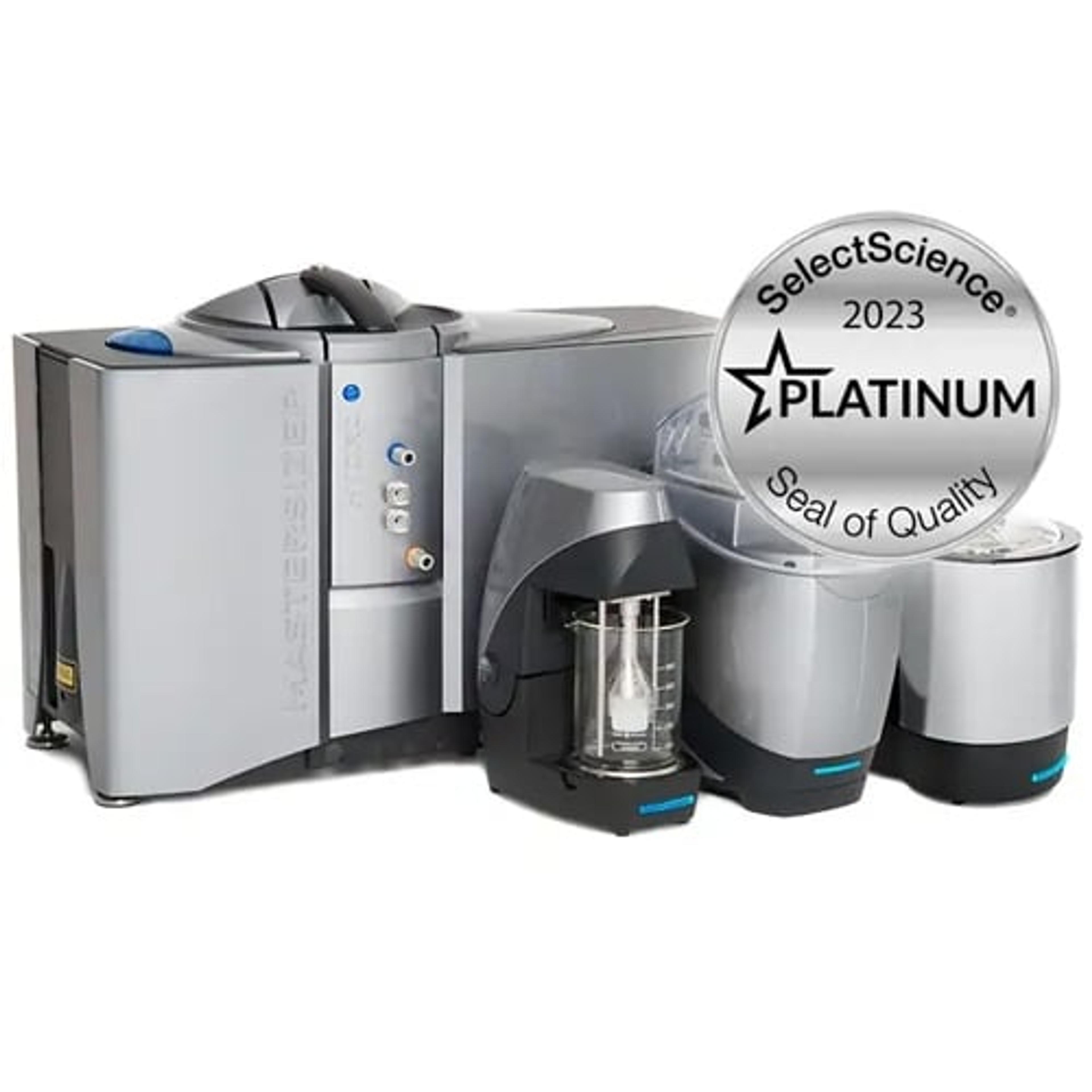New Accessories for the Mastersizer 3000 Support Smarter Pharmaceutical Particle Size Analysis
16 Oct 2014New ‘third anniversary’ accessories for the Mastersizer 3000 from Malvern Instruments reduce the time and cost of developing and validating robust methods for pharmaceutical particle size analysis. Correlations between particle size and bioavailability make particle size analysis a critical activity for the pharmaceutical industry. The innovative lens-less Hydro Sight imaging accessory enables real-time visual monitoring of a dispersion, providing information to swiftly optimize and validate a method. The Hydro SV (small volume) cell allows method development and reliable particle size analysis, with just a few milliliters of sample.
“In combination these accessories considerably ease the burden associated with routine particle sizing within the pharmaceutical industry”, said Dr Paul Kippax, Pharmaceutical Portfolio Manager for Malvern Instruments. “Developing, validating and transferring particle sizing methods efficiently and cost-effectively is essential for this sector. Hydro Sight provides unprecedented insight into the effectiveness and consistency of a particle sizing method. The Hydro SV, on the other hand, enables detailed method development when there are only scant, highly valuable amounts of material available. Used together the accessories support a QbD approach from the very earliest stages of drug development.”
A key step in laser diffraction particle sizing is to achieve appropriate dispersion. This ensures that the measured particle size is representative of the sample and relevant to the application. Hydro Sight is a cutting-edge accessory that images particles in real-time, as they undergo wet dispersion in the analyzer. Measurements of size and shape (elongation) distribution in combination with a unique ‘dispersion index’ provide continuous insight into dispersion behavior and confirm the consistency and completeness of the dispersion process. An advanced anomaly detection function automatically records images of outlying particles, those that are unusual in terms of size and/or shape. The resulting information cuts the cost and time associated with method development, analytical troubleshooting, method validation and the transfer of analytical techniques from R&D through to QC.

